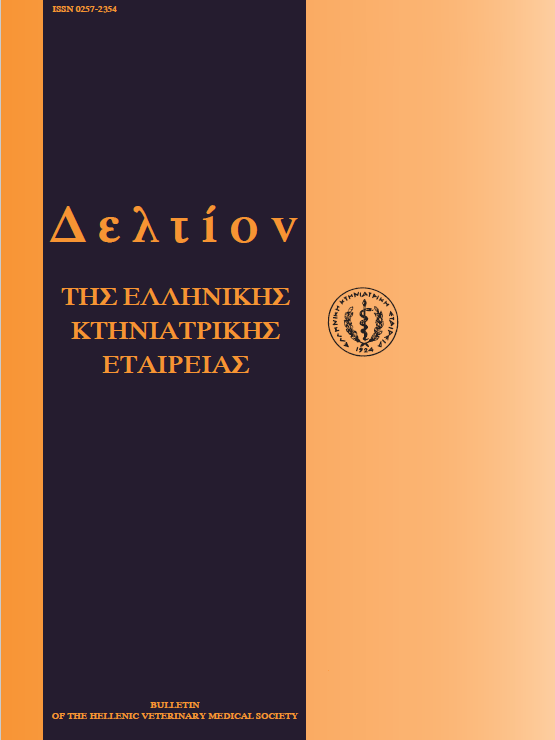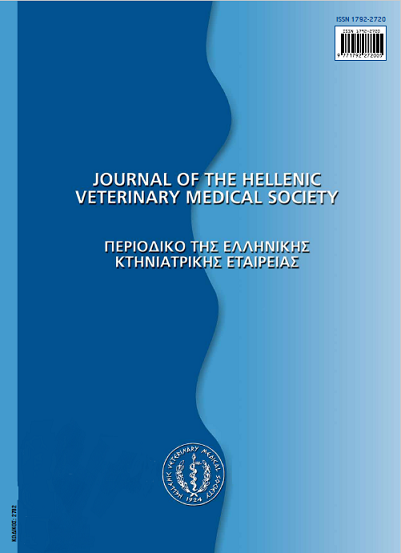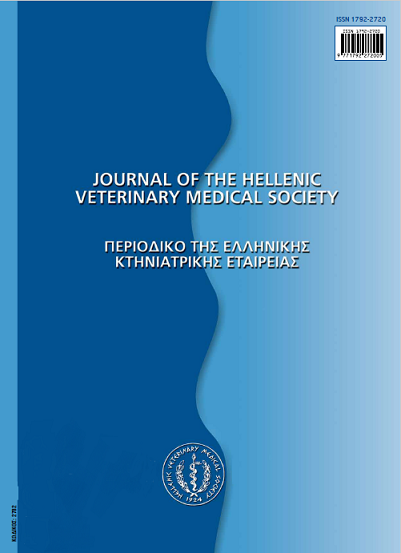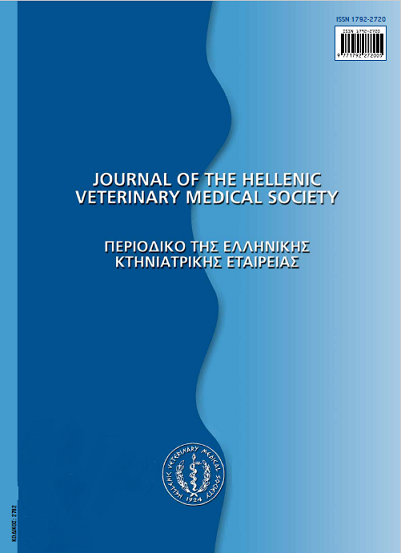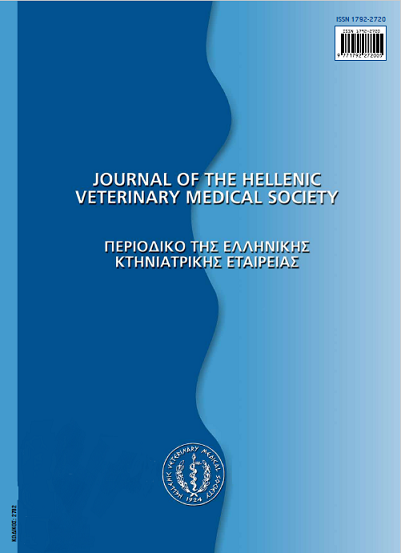Diagnostic approach of canine Pancytopenia
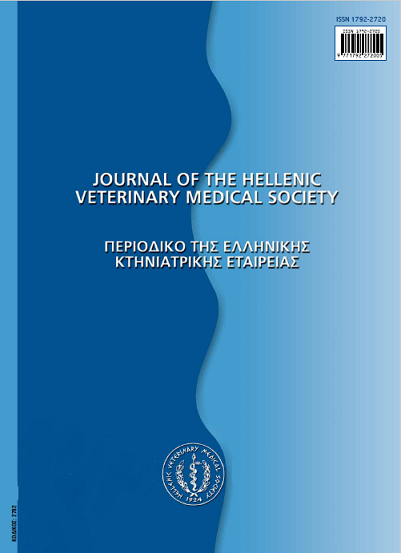
Abstract
Canine pancytopenia in the peripheral blood is often the result of monocytic ehrlichiosis (Ehrlichia canis), parvoviral enteritis, sepsis and the use of various drugs (antineoplastic, nonsteroidal anti-inflammatory, antimicrobial, antiparasitic, antiepileptic, estrogens) accounting for bone marrow hypoplasiaaplasia. Sporadic cases of pancytopenia, induced by neoplastic myelophthisis, myelodysplastic and hemophagocytic syndromes, myelofibrosis, myelonecrosis and systemic lupus erythematosus may also be seen. A comprehensive diagnostic plan may include a detailed history (i.e. recent drug exposure), a thorough clinical examination, complete blood count, routine serum biochemistry and the microscopic examination of peripheral blood smears, to rule out false thrombocytopenia or leukopenia and to search for E canis morulae, leukemic cells and toxic neutrophilic changes. However, the diagnostic cornerstone in the pancytopenic dog is bone marrow cytology, for the undisputable differentiation between myelosuppressive and non-myelosuppressive monocytic ehrlichiosis and the confirmation of hemopoietic tumors, myelodysplastic or hemophagocytic syndromes and bone marrow aplasia. Bone marrow core biopsy and histopathology is the method of choice for the definitive diagnosis of myelofibrosis, myelonecrosis and occasionally of bone marrow aplasia. Also, serology for E canis and antinuclear antibodies and fecal ELISA for parvovirus antigen are strongly recommended, along with the application of various imaging techniques, especially for the detection of ovarian tumors.
Article Details
- How to Cite
-
MYLONAKIS (Μ.Ε. ΜΥΛΩΝΑΚΗΣ) M. E., KOUTINAS (Α.Φ. ΚΟΥΤΙΝΑΣ) A. F., & KASABALIS (Δ. ΚΑΣΑΜΠΑΛΗΣ) D. (2017). Diagnostic approach of canine Pancytopenia. Journal of the Hellenic Veterinary Medical Society, 57(1), 69–77. https://doi.org/10.12681/jhvms.15012
- Issue
- Vol. 57 No. 1 (2006)
- Section
- Review Articles
Authors who publish with this journal agree to the following terms:
· Authors retain copyright and grant the journal right of first publication with the work simultaneously licensed under a Creative Commons Attribution Non-Commercial License that allows others to share the work with an acknowledgement of the work's authorship and initial publication in this journal.
· Authors are able to enter into separate, additional contractual arrangements for the non-exclusive distribution of the journal's published version of the work (e.g. post it to an institutional repository or publish it in a book), with an acknowledgement of its initial publication in this journal.
· Authors are permitted and encouraged to post their work online (preferably in institutional repositories or on their website) prior to and during the submission process, as it can lead to productive exchanges, as well as earlier and greater citation of published work.



